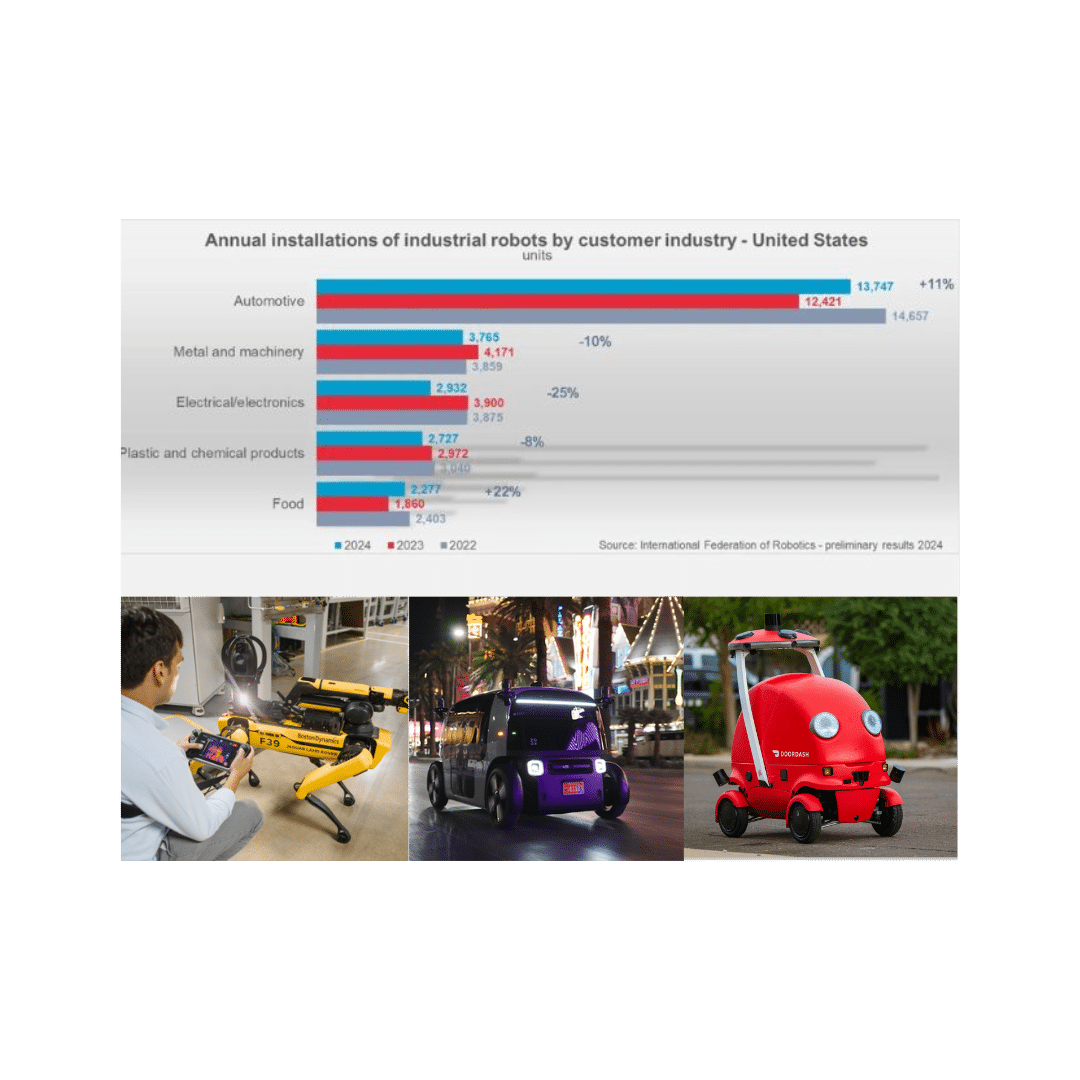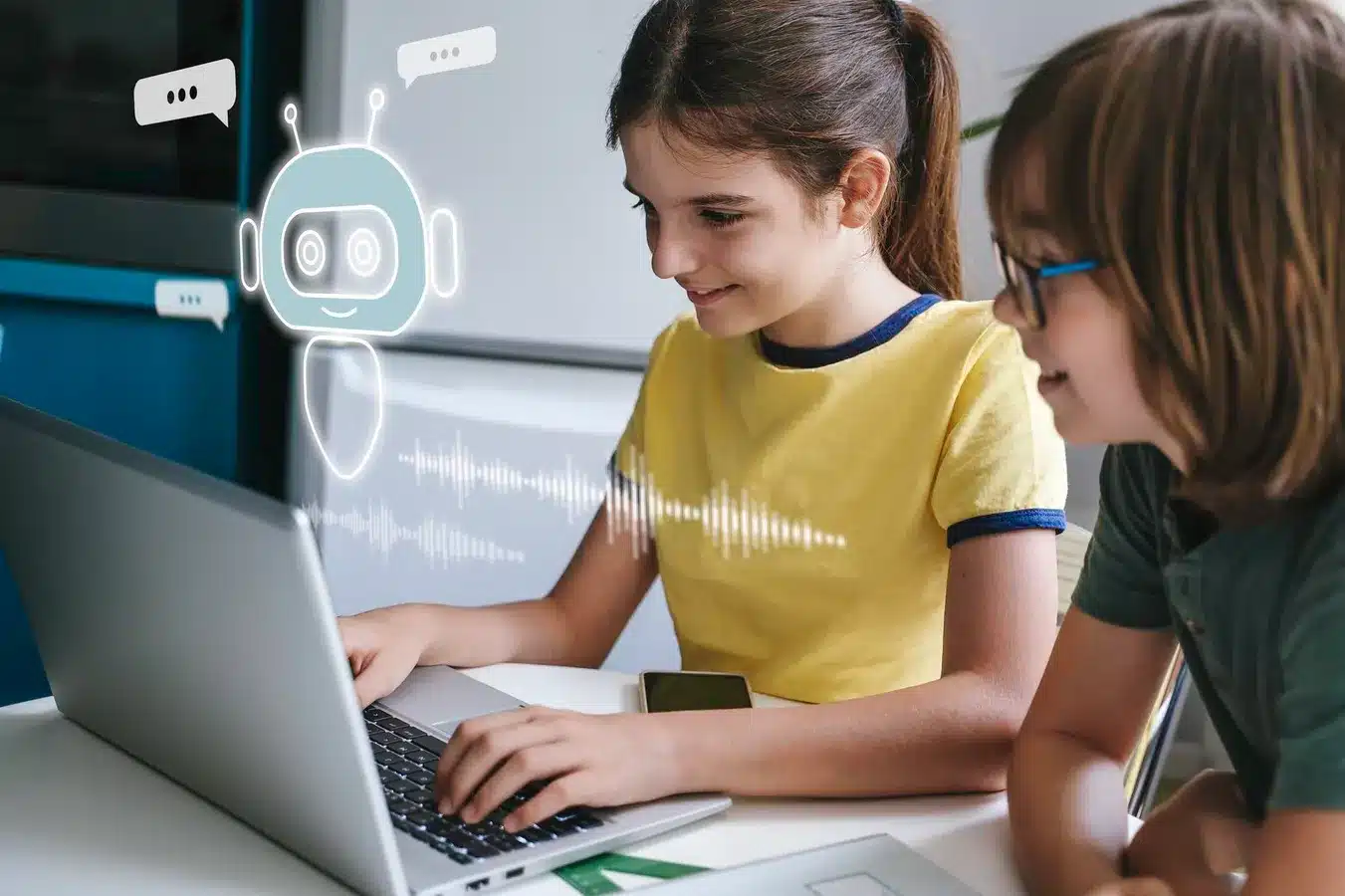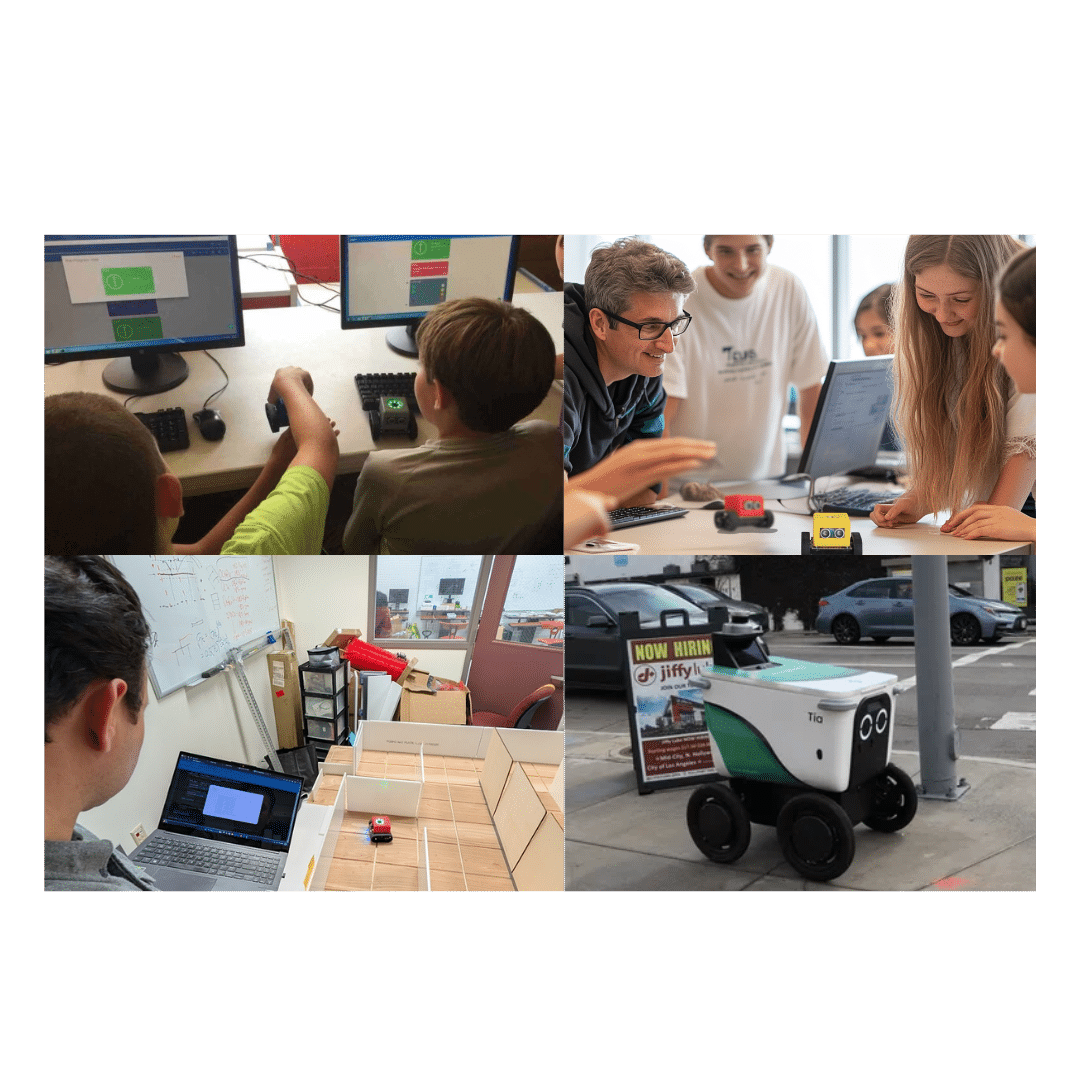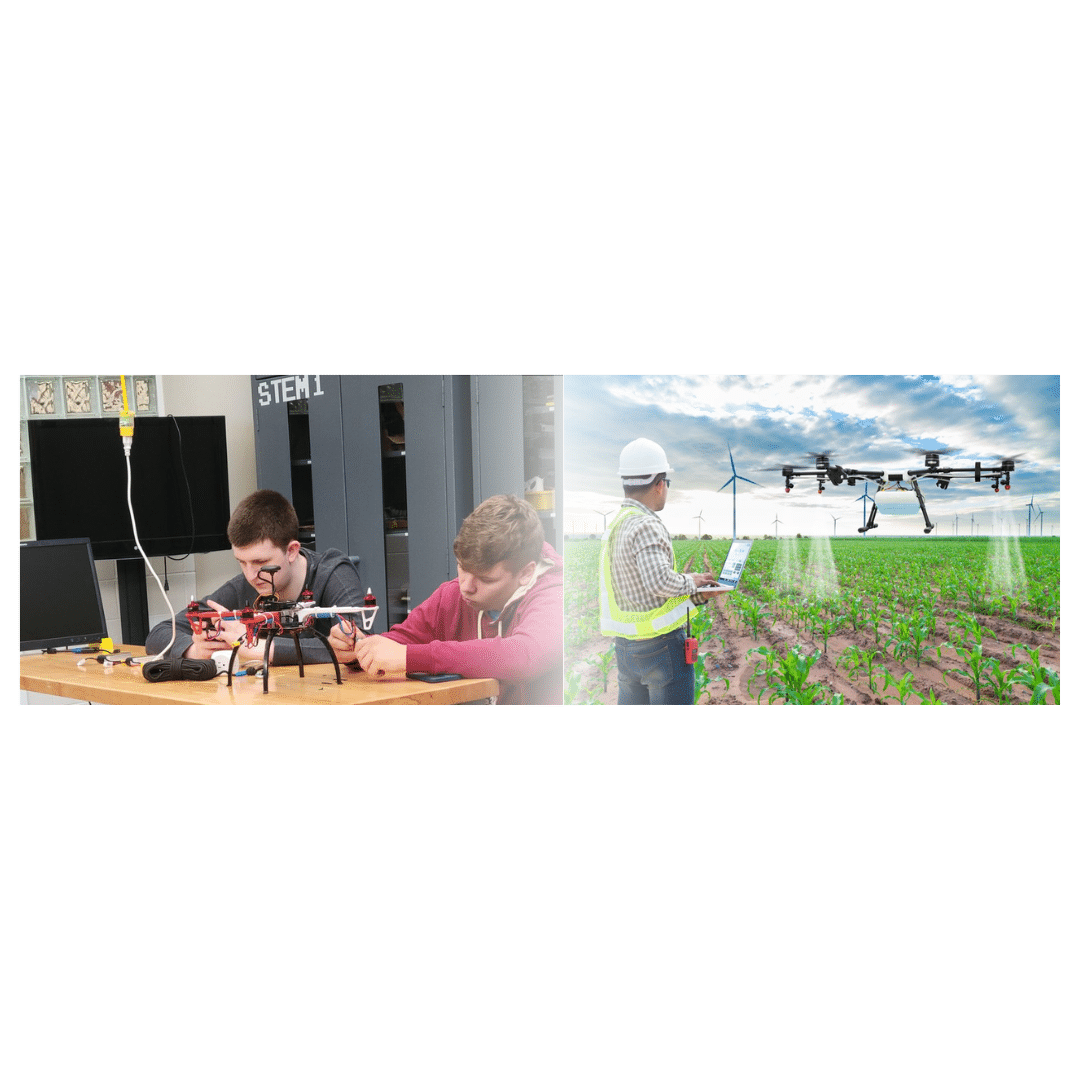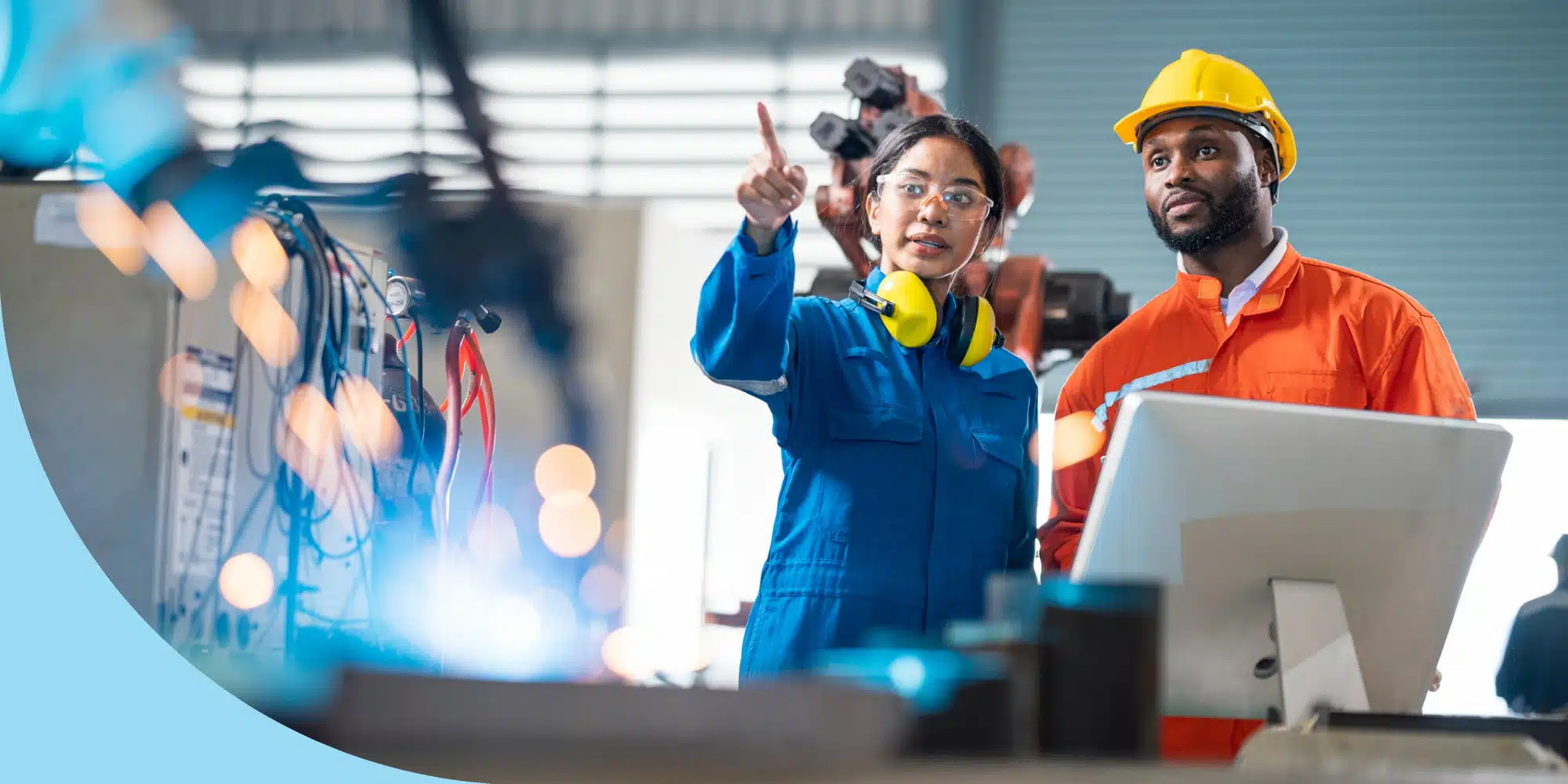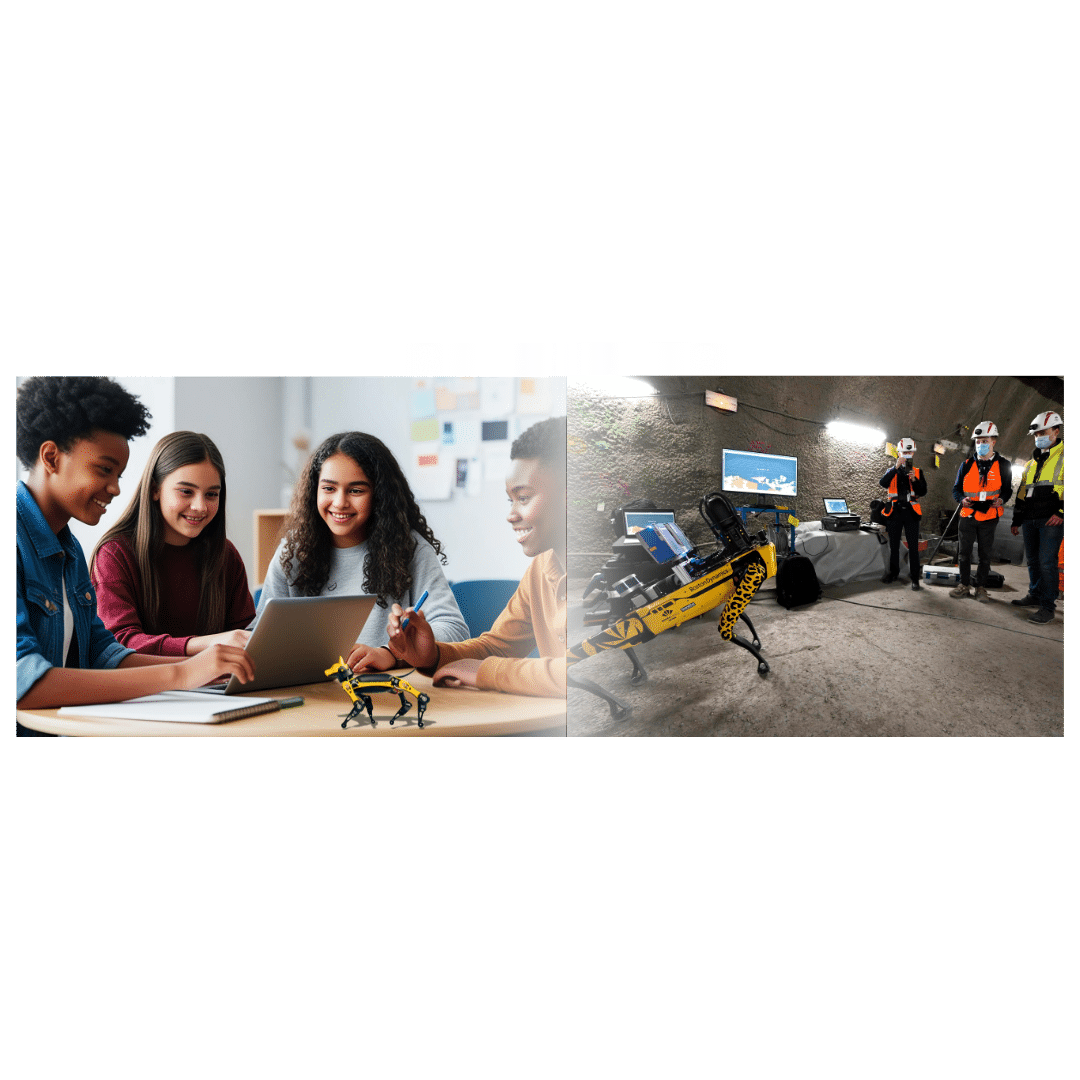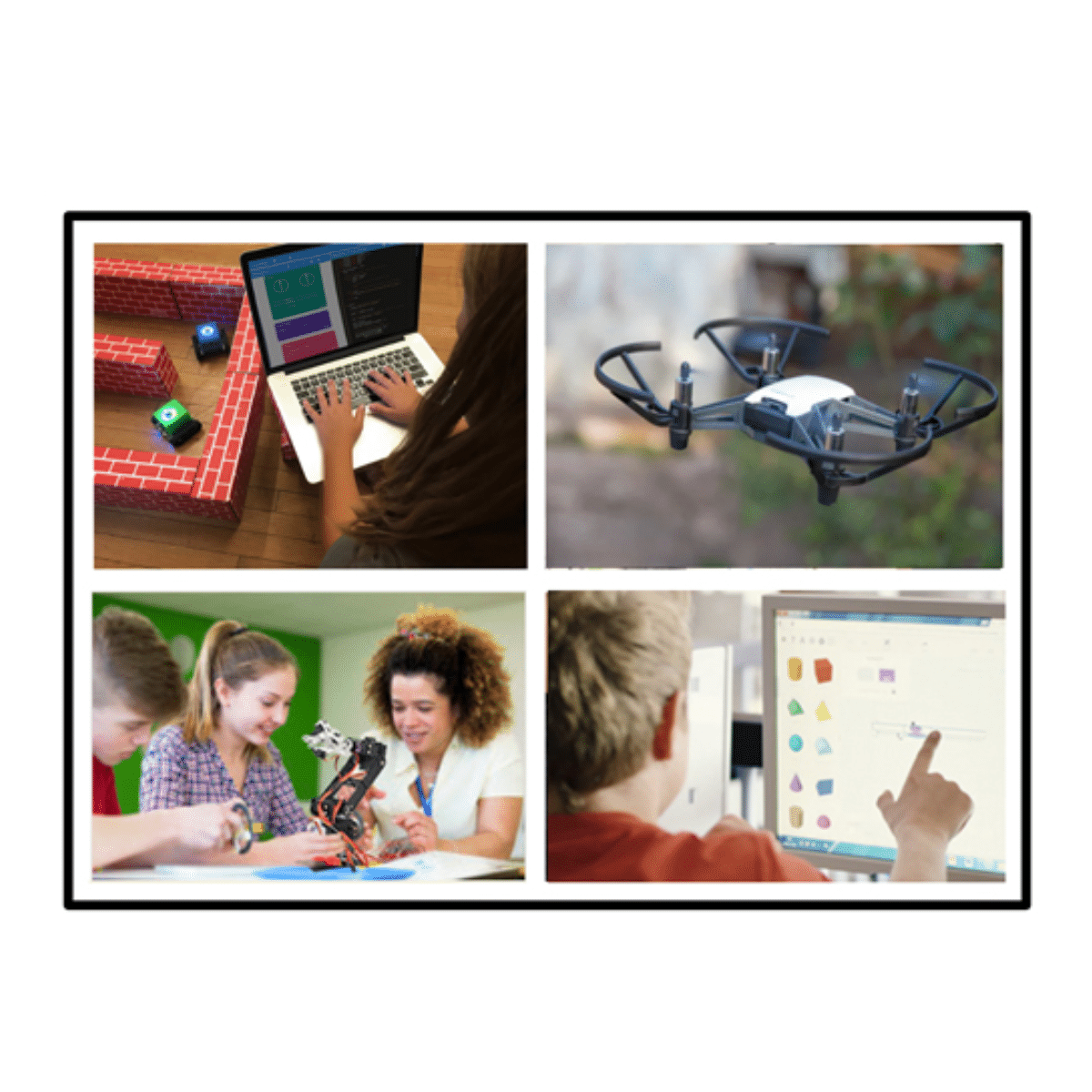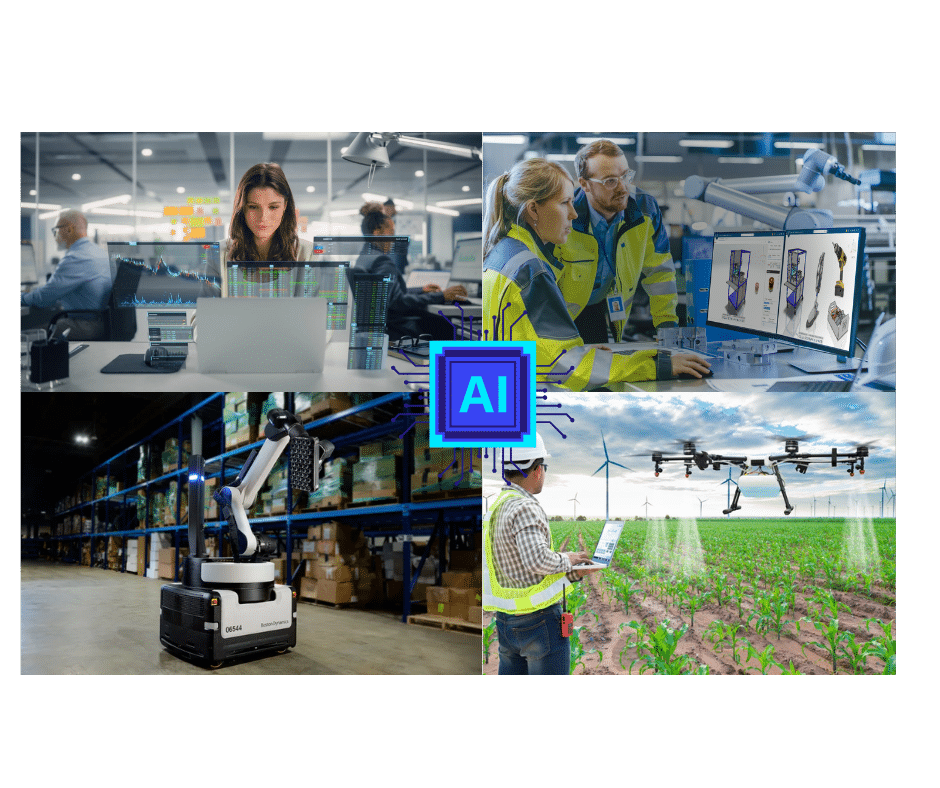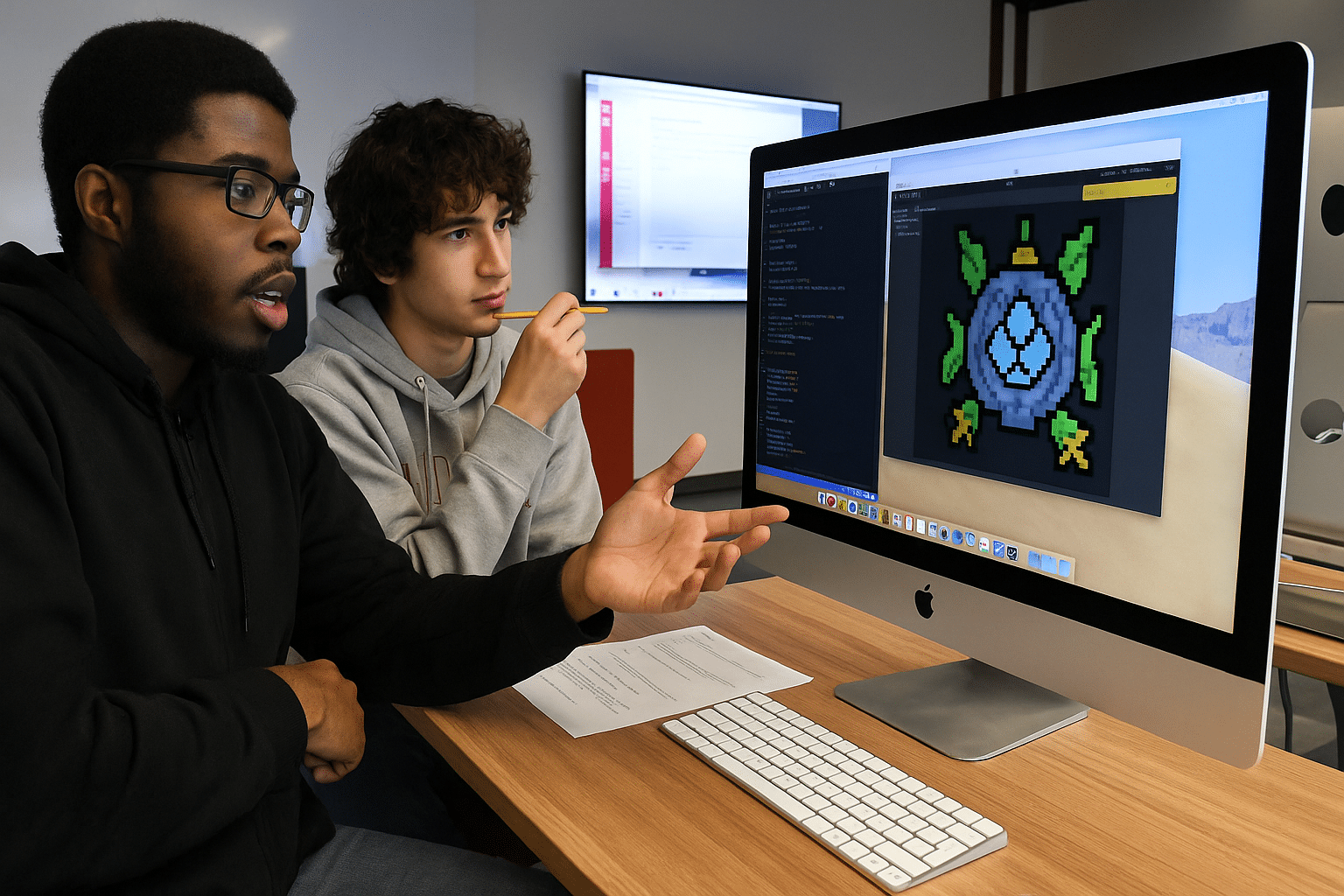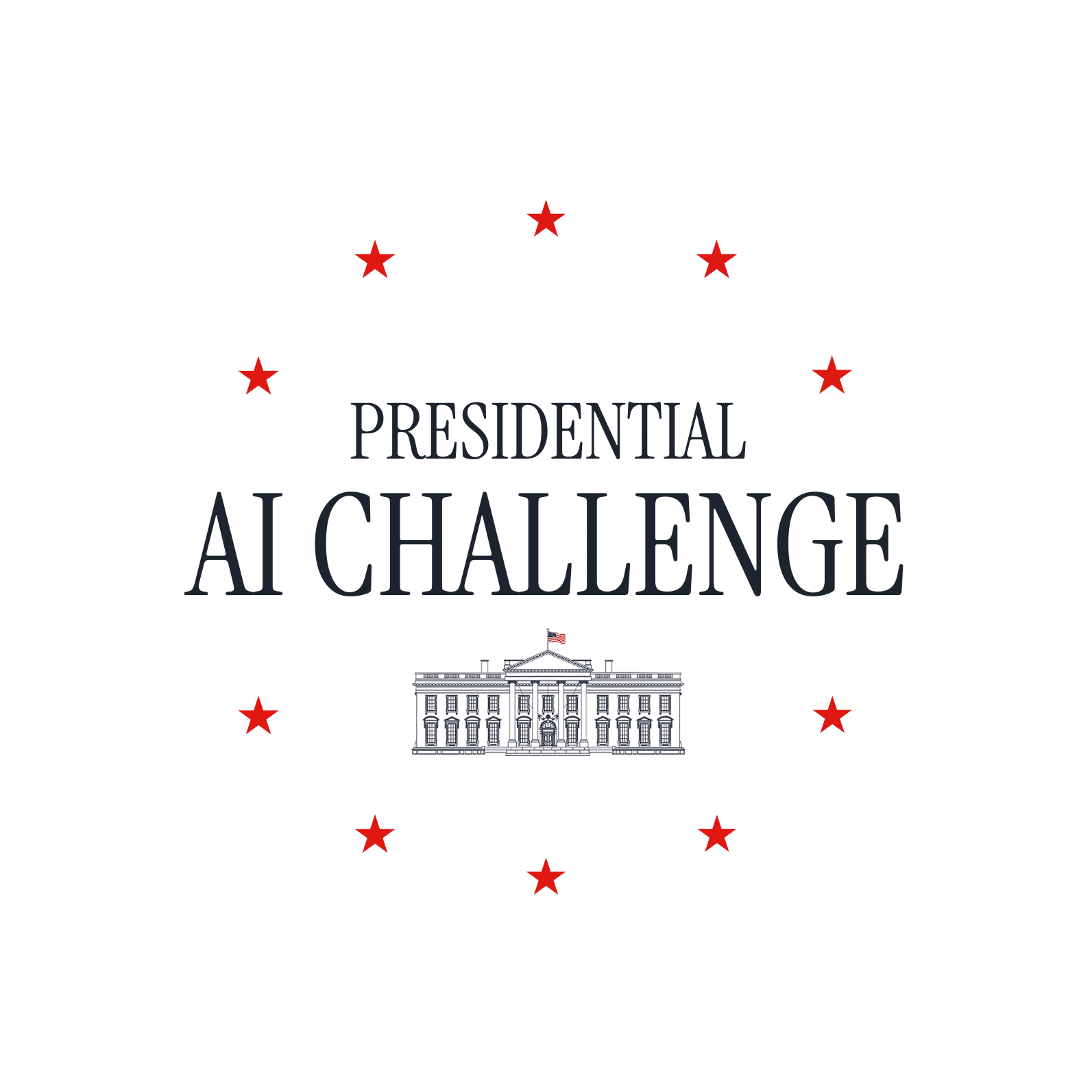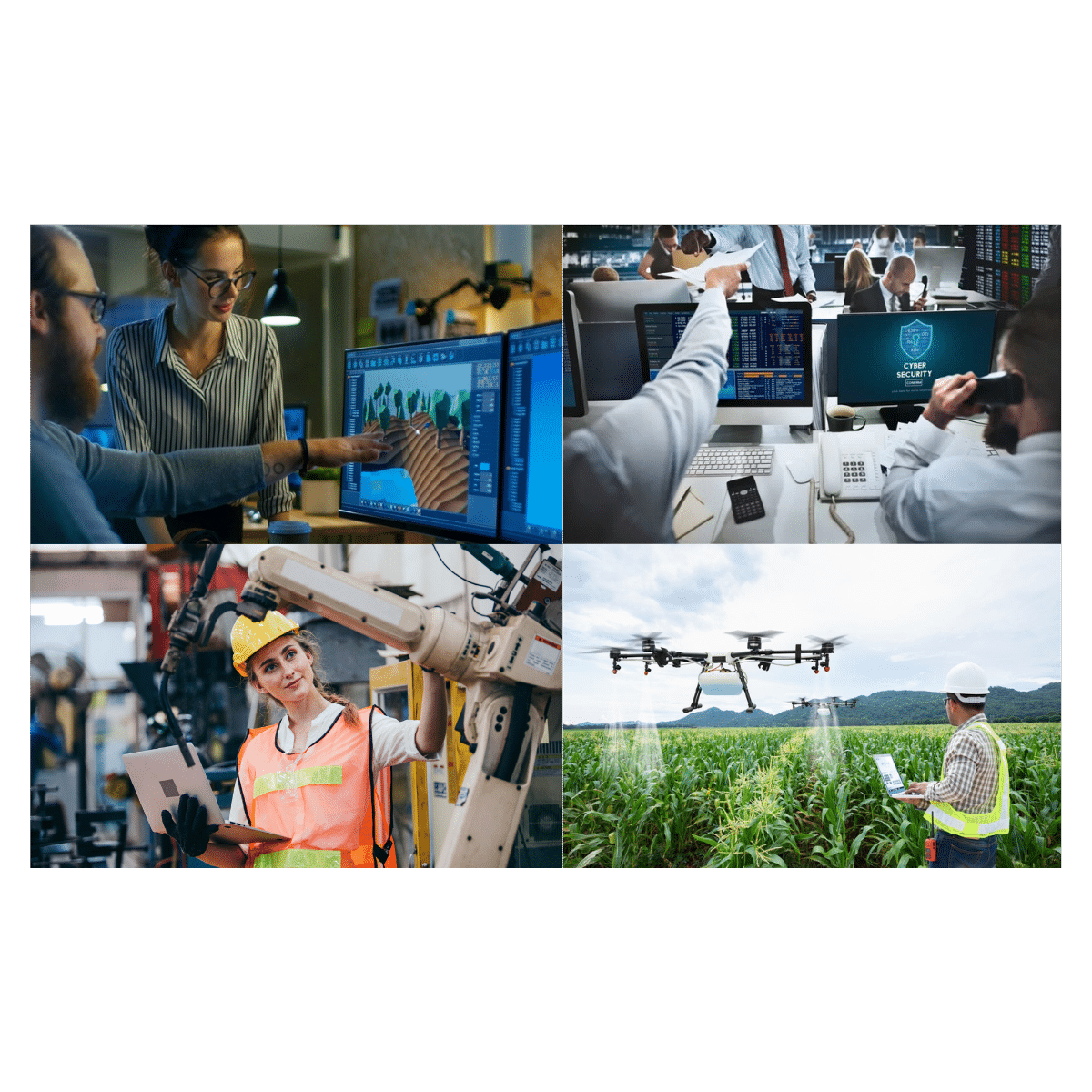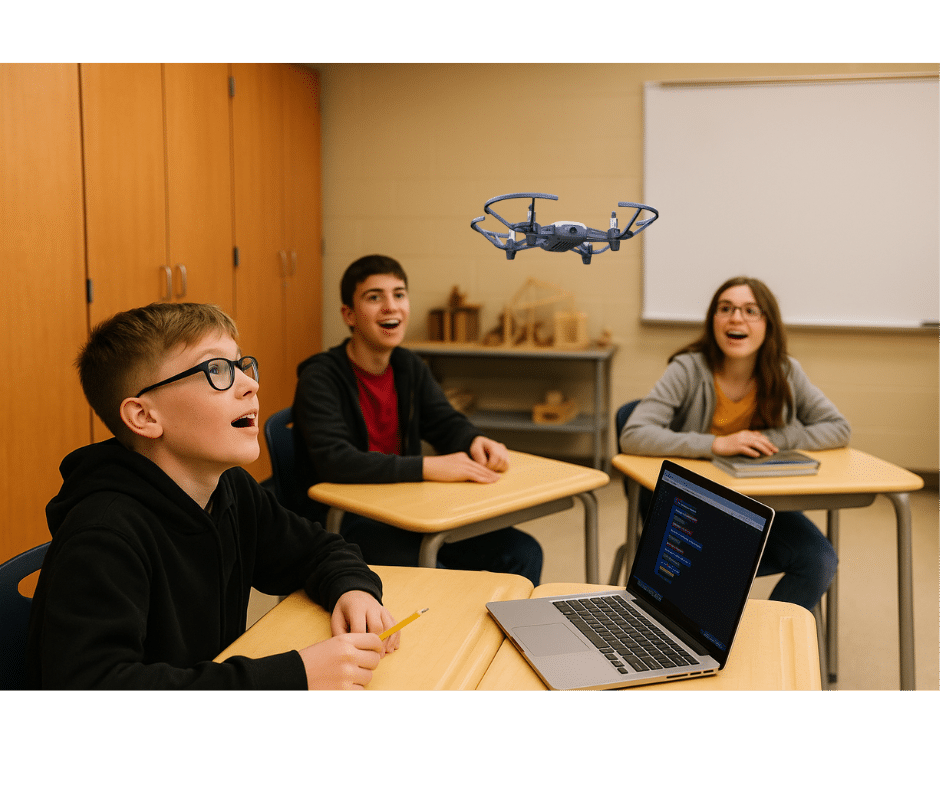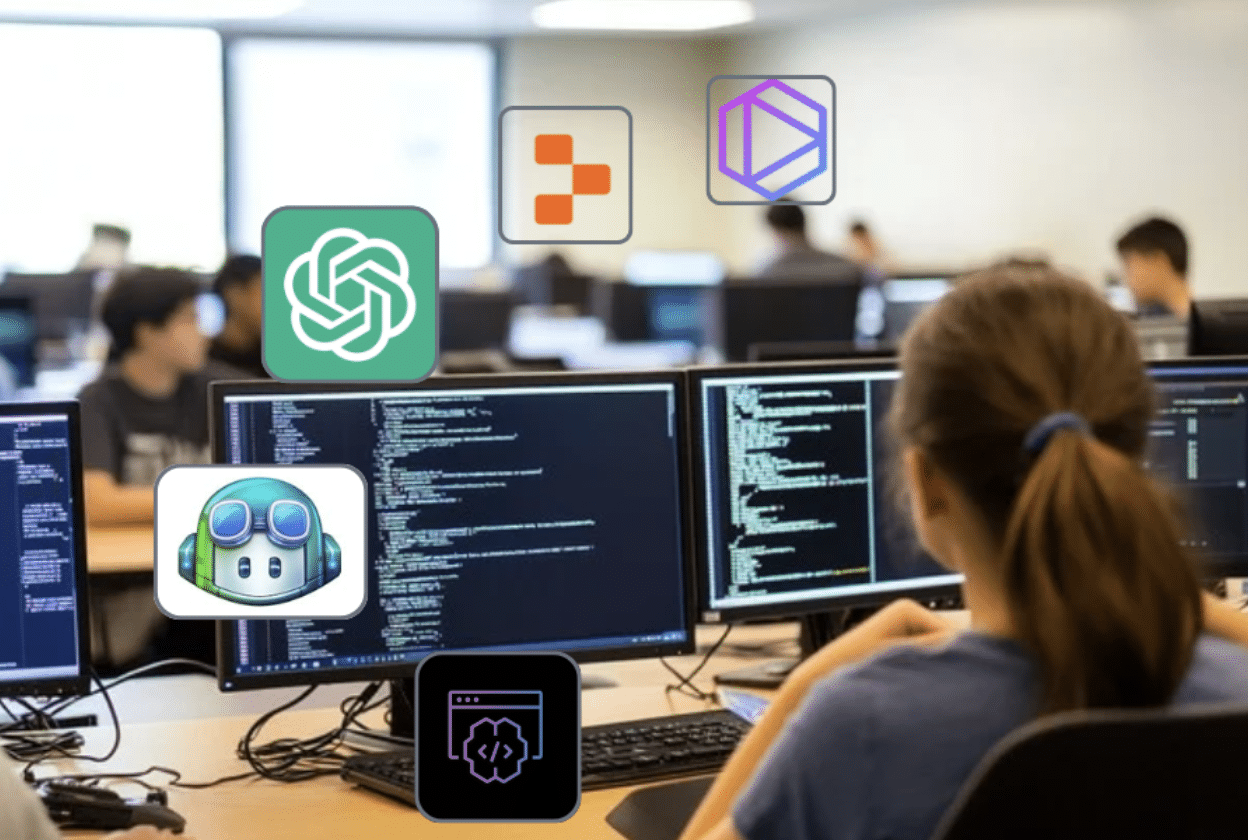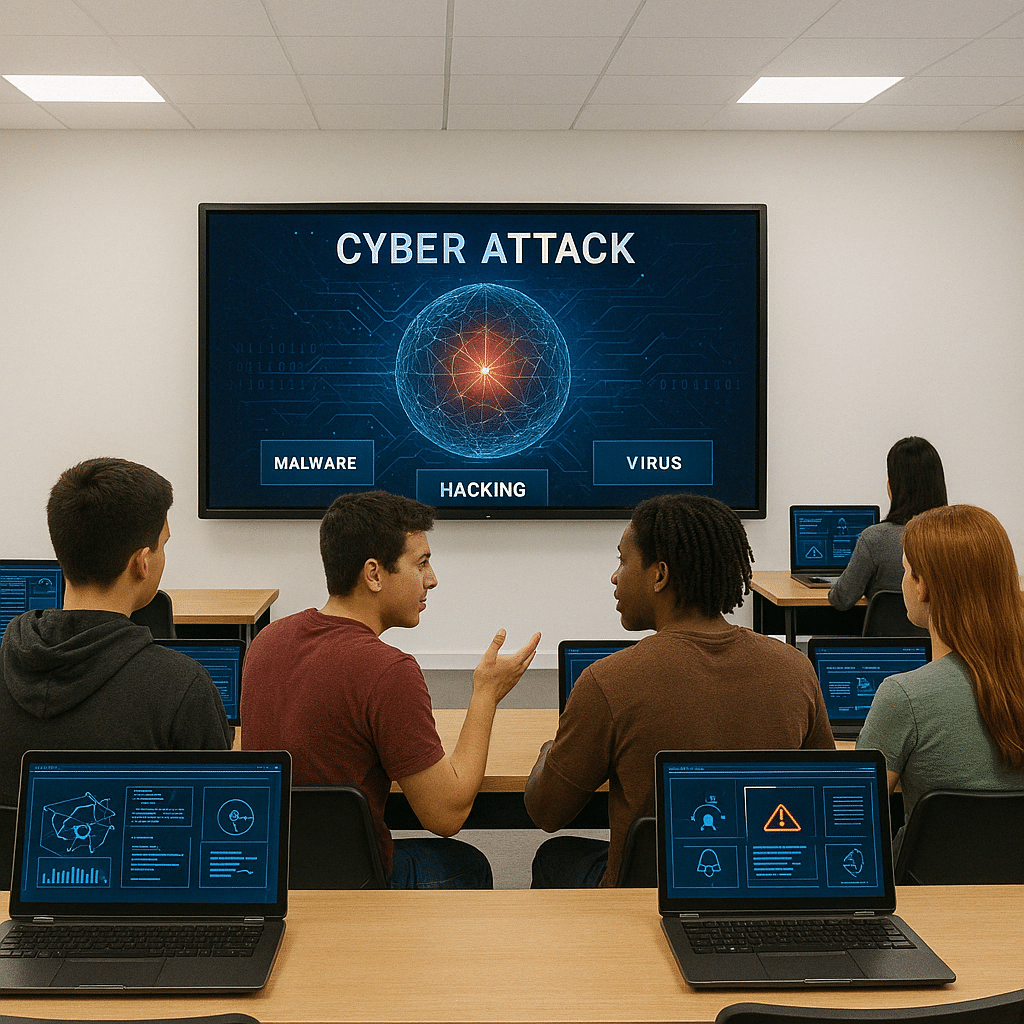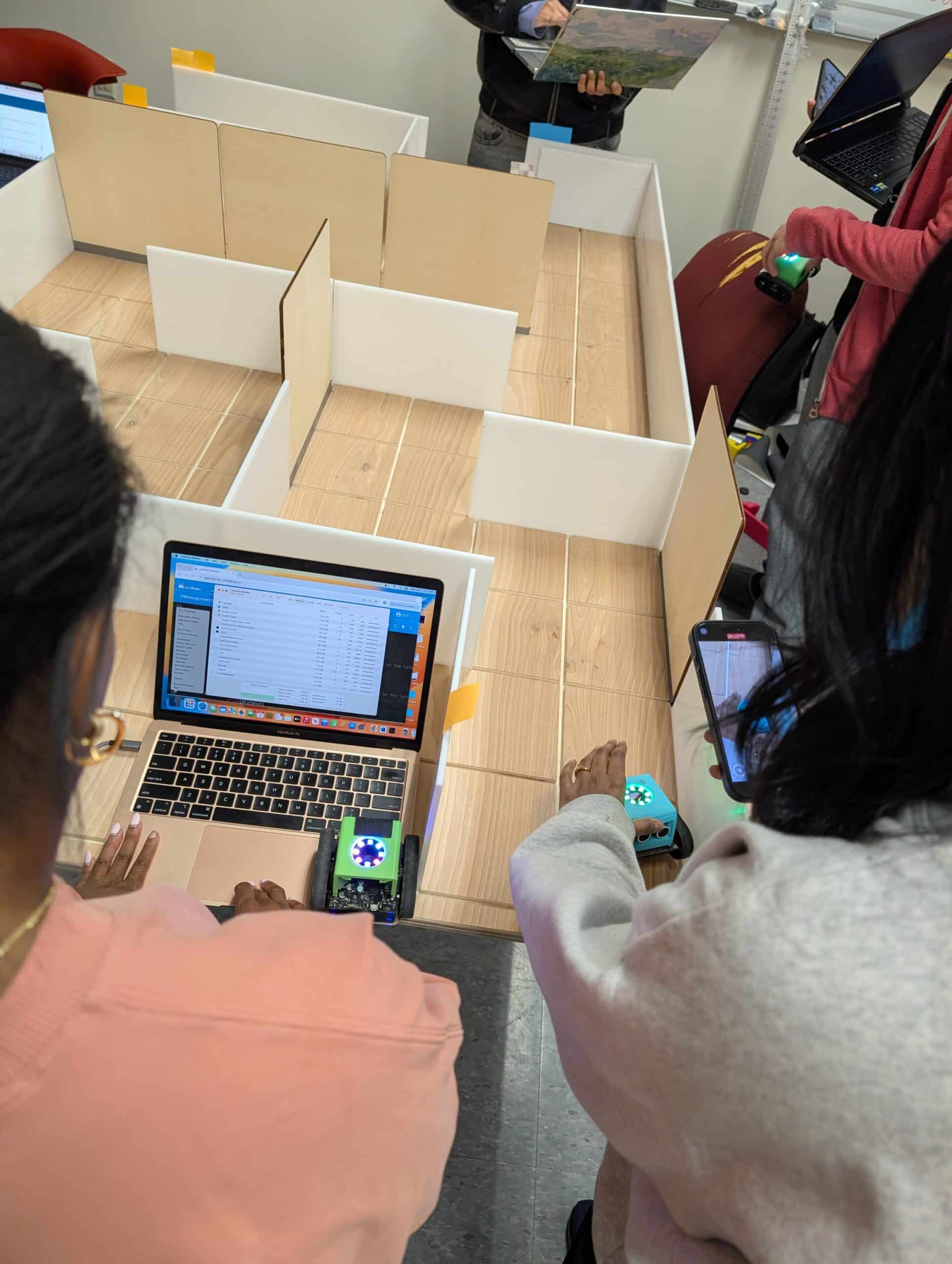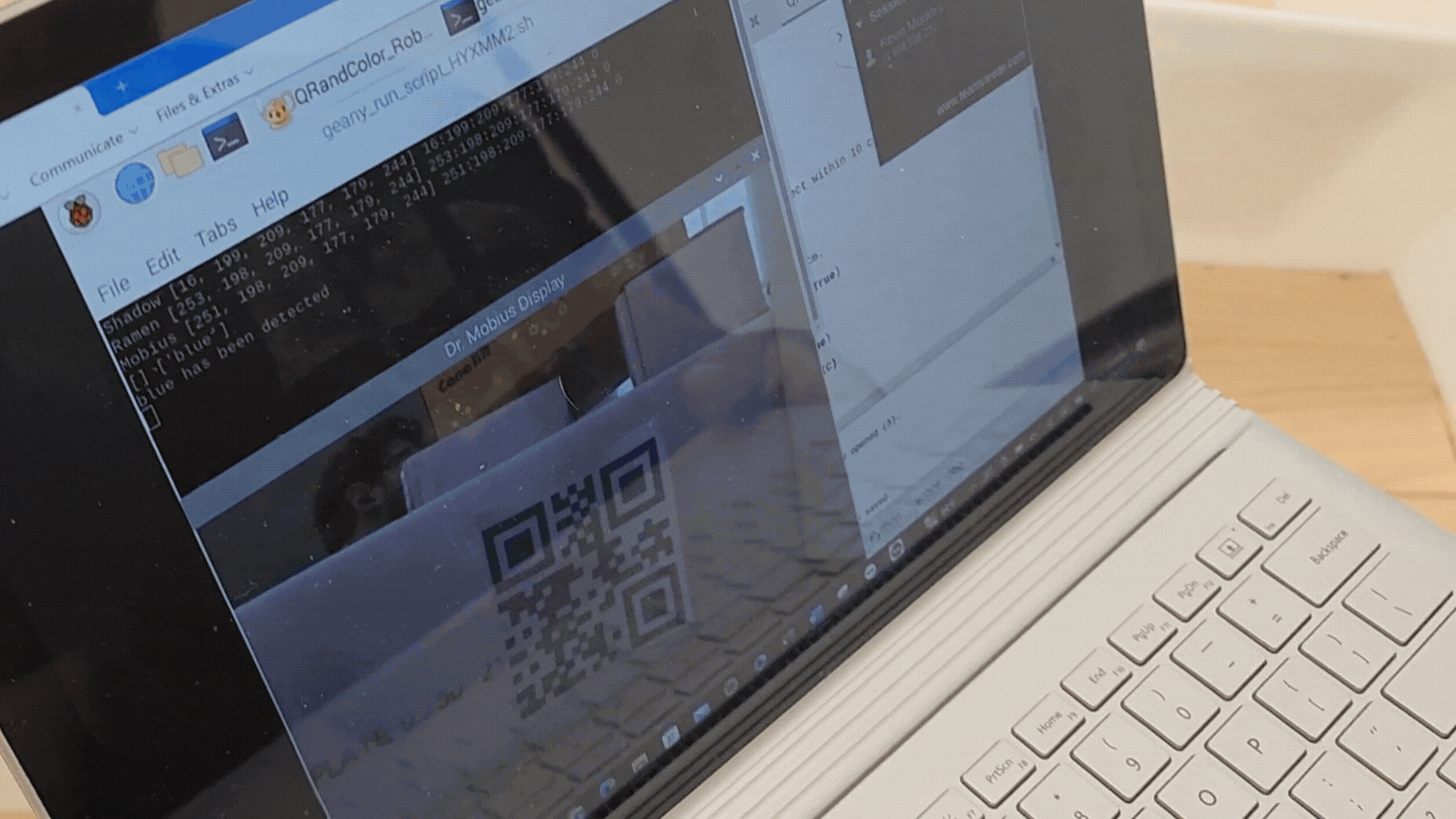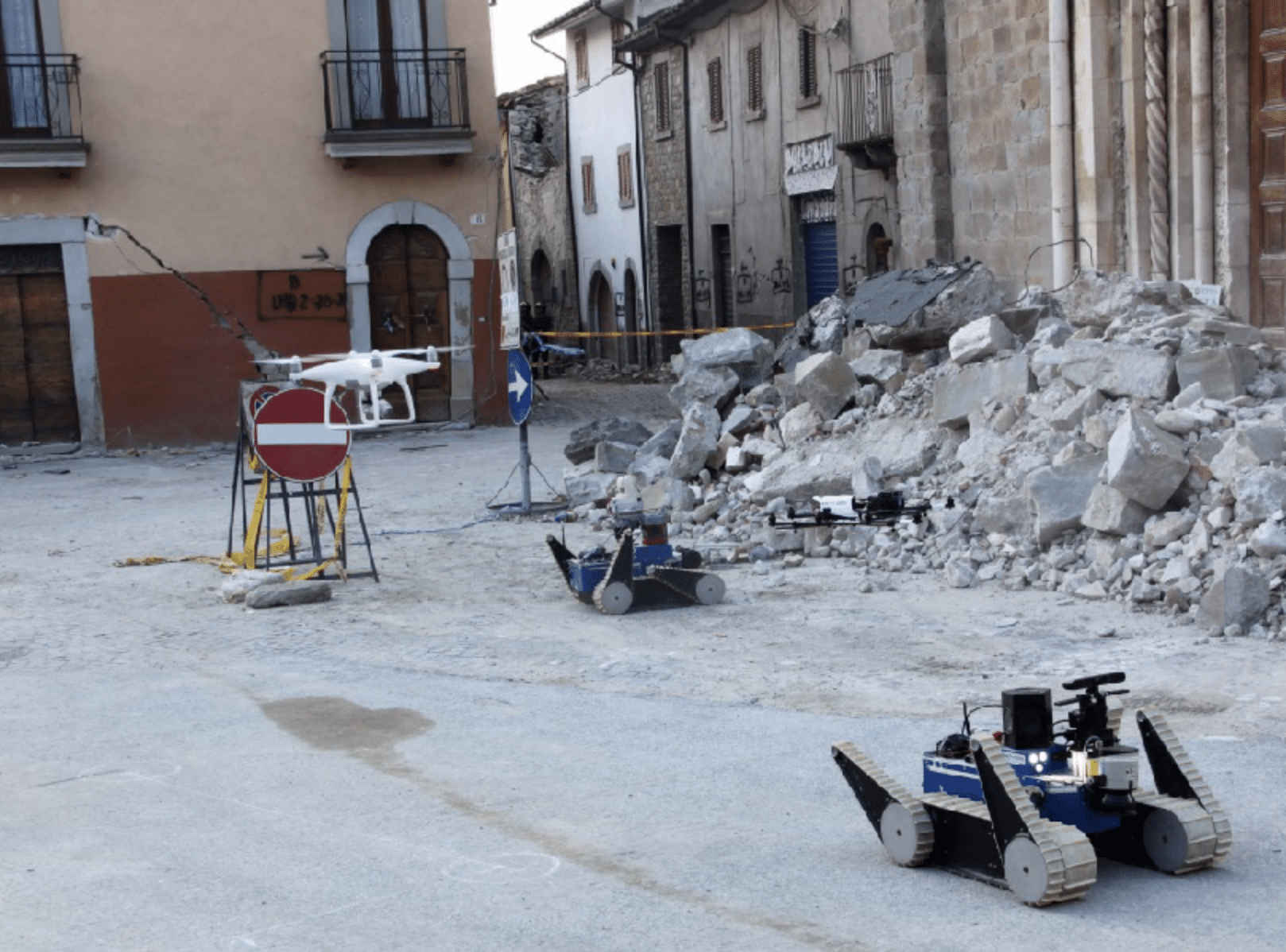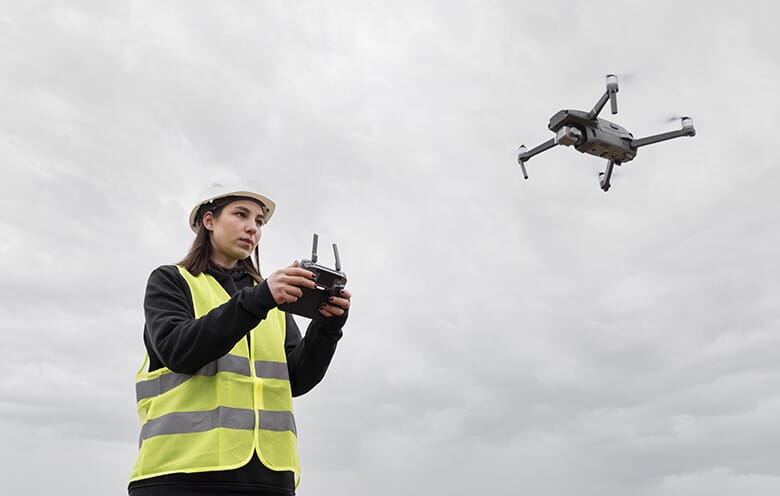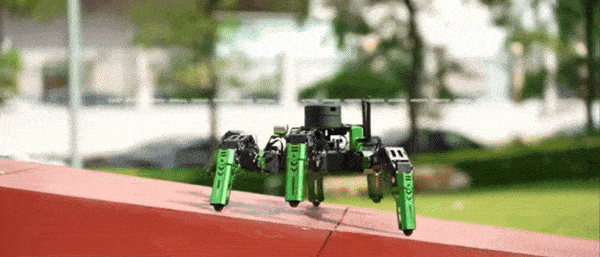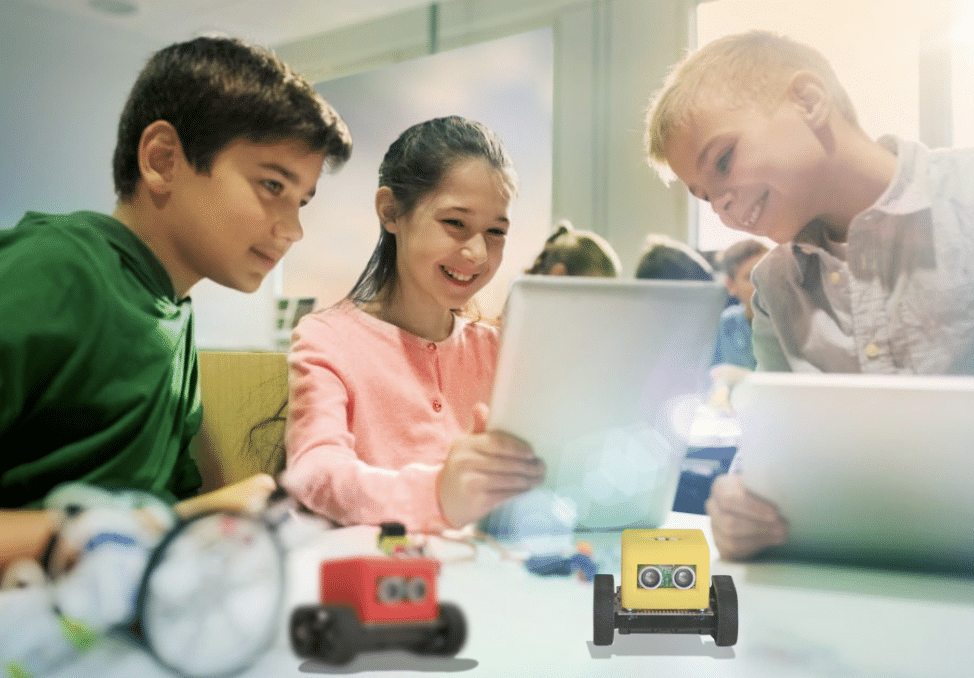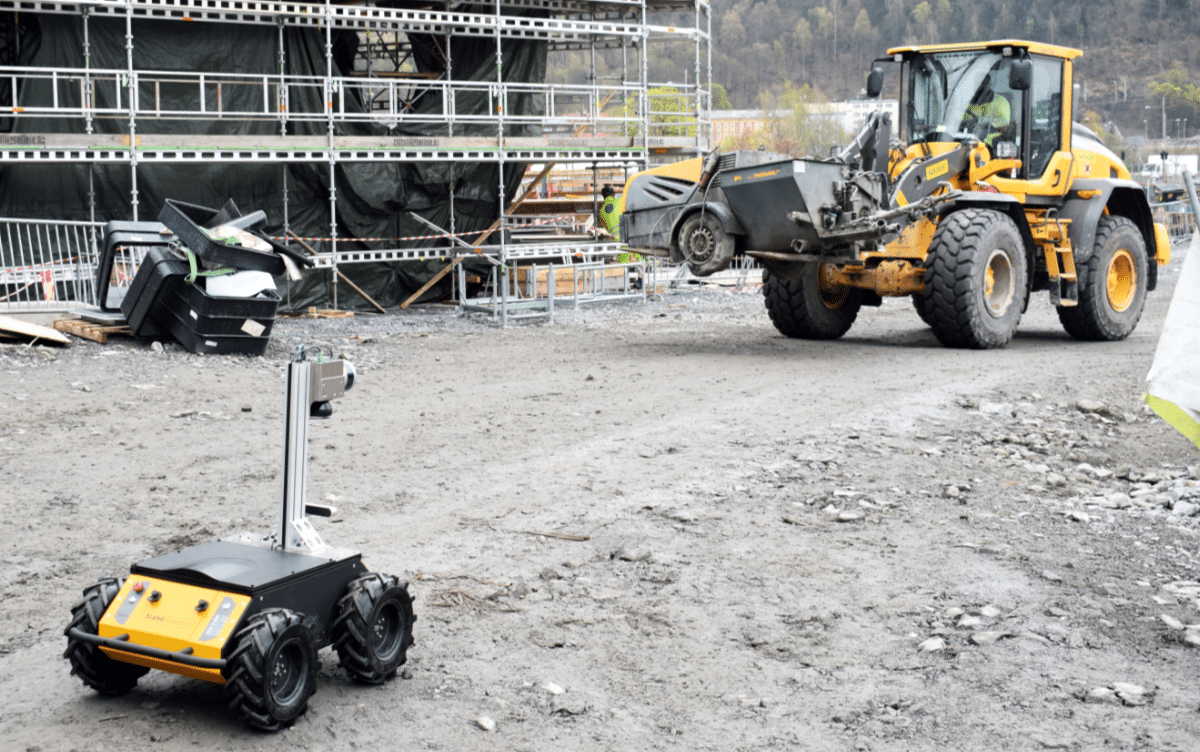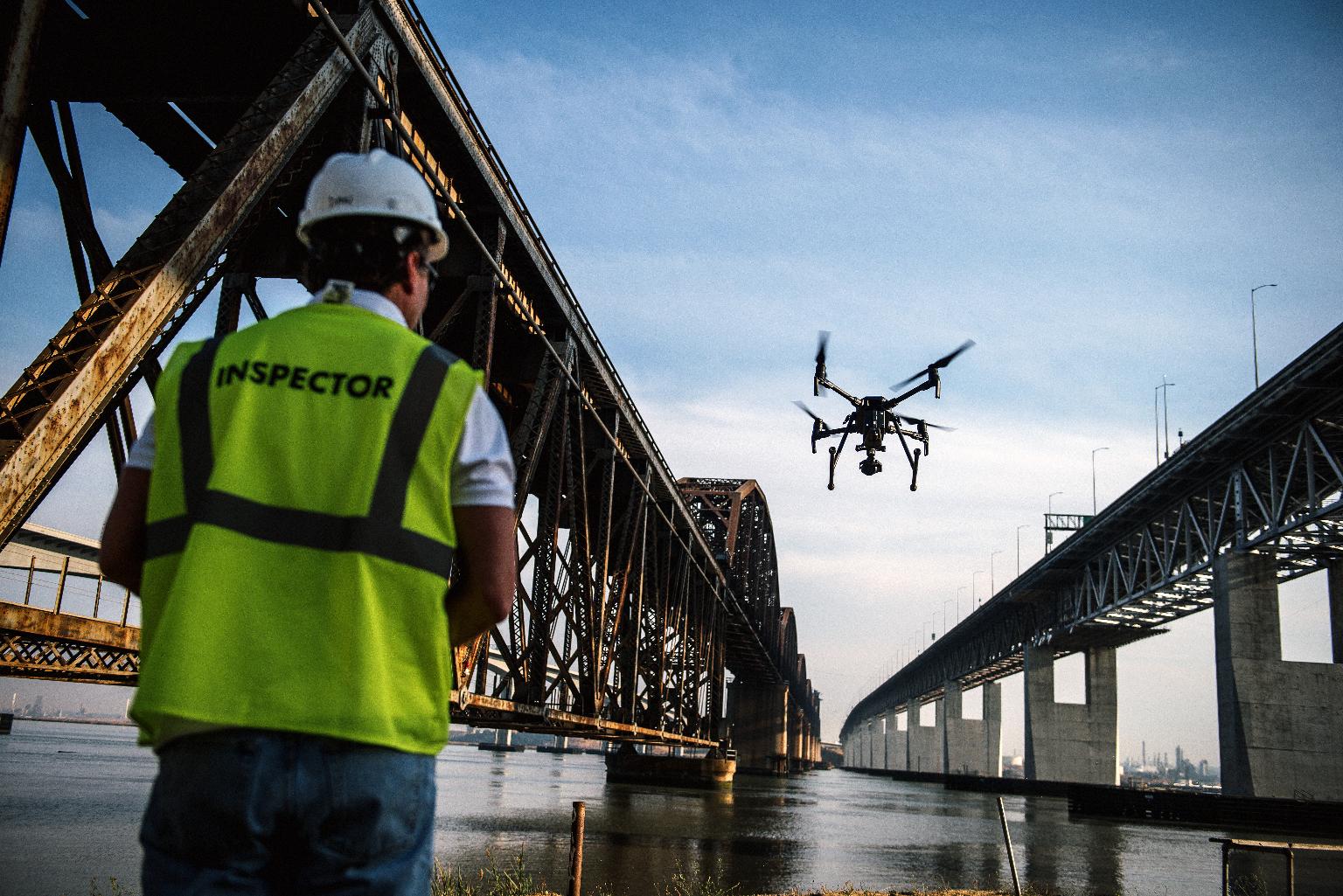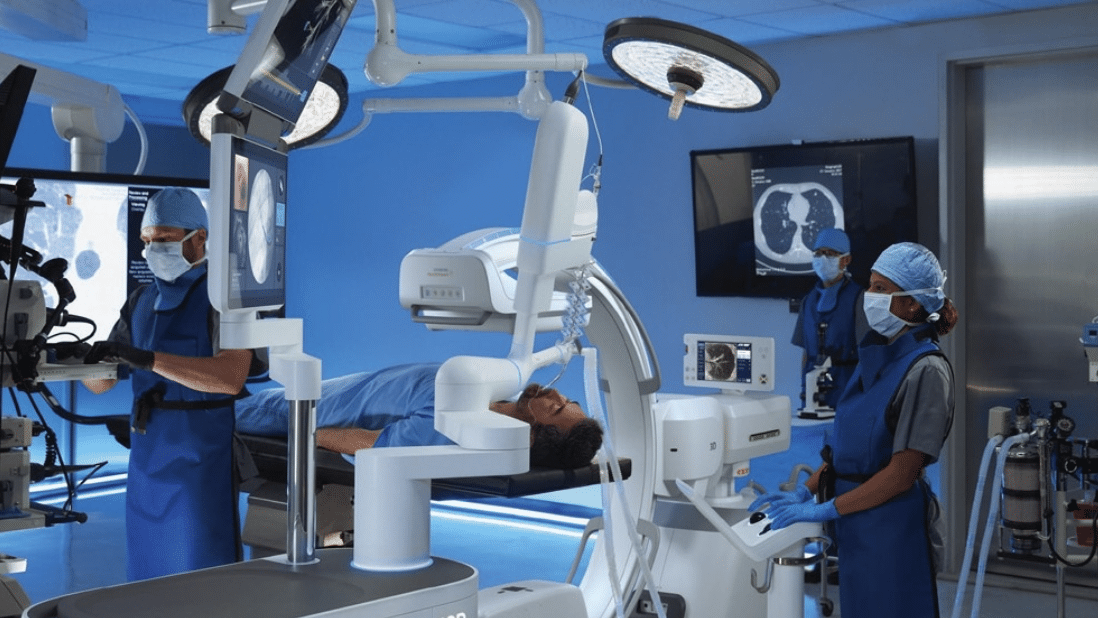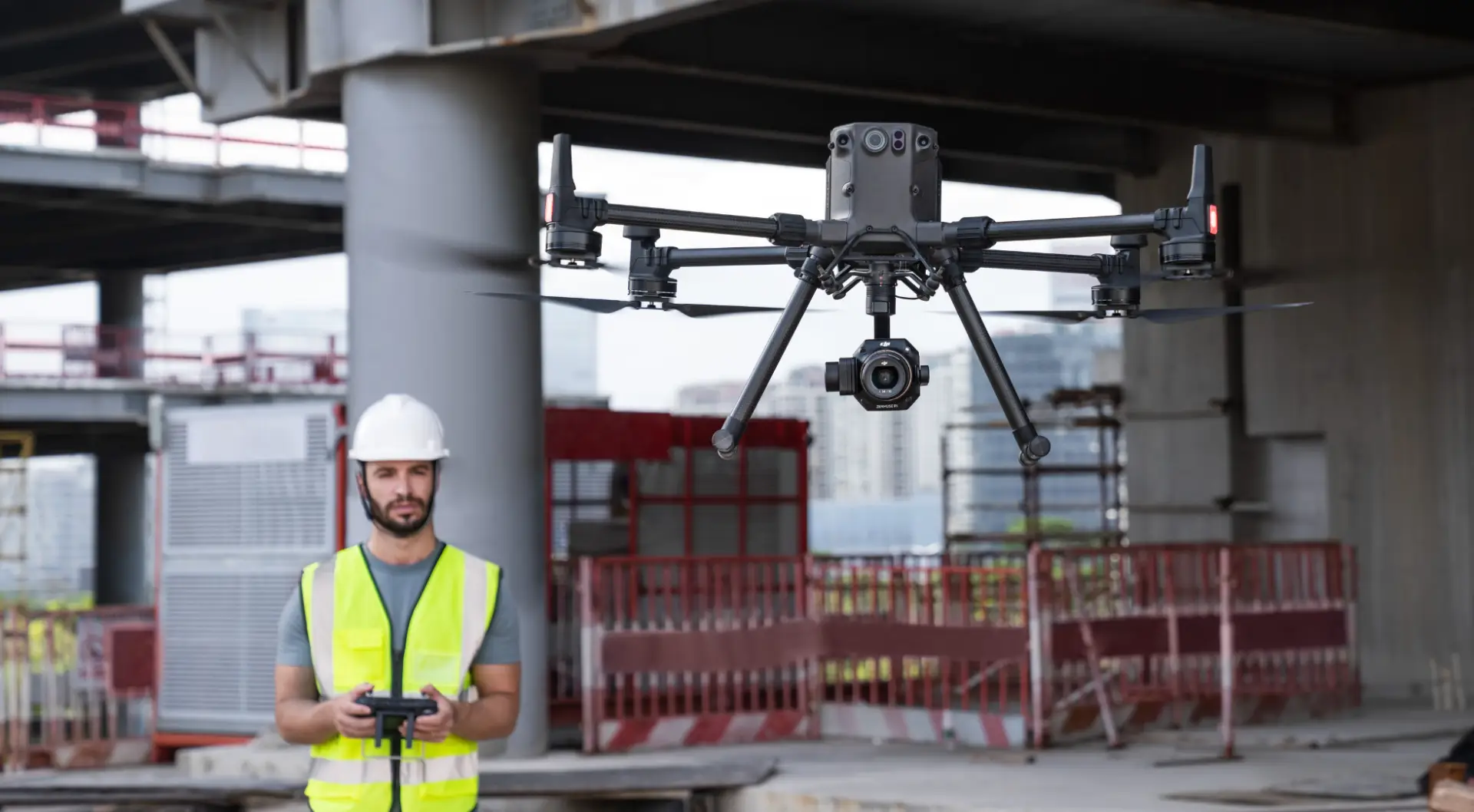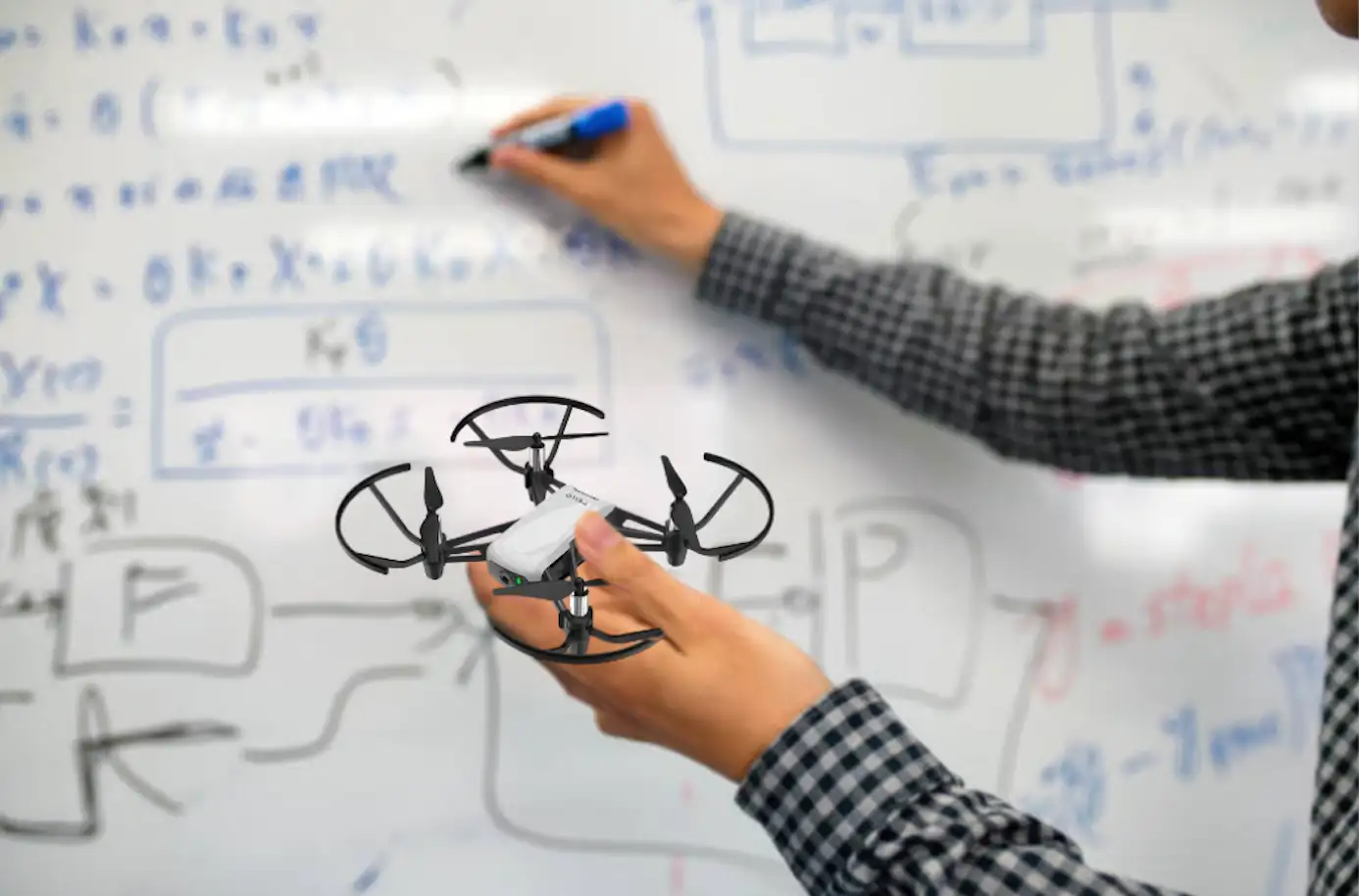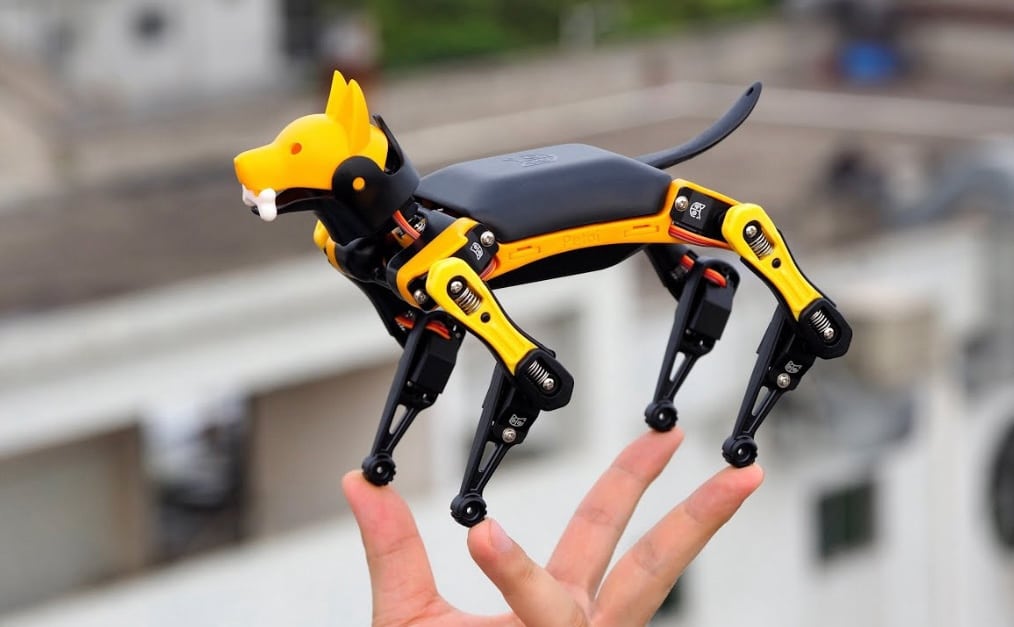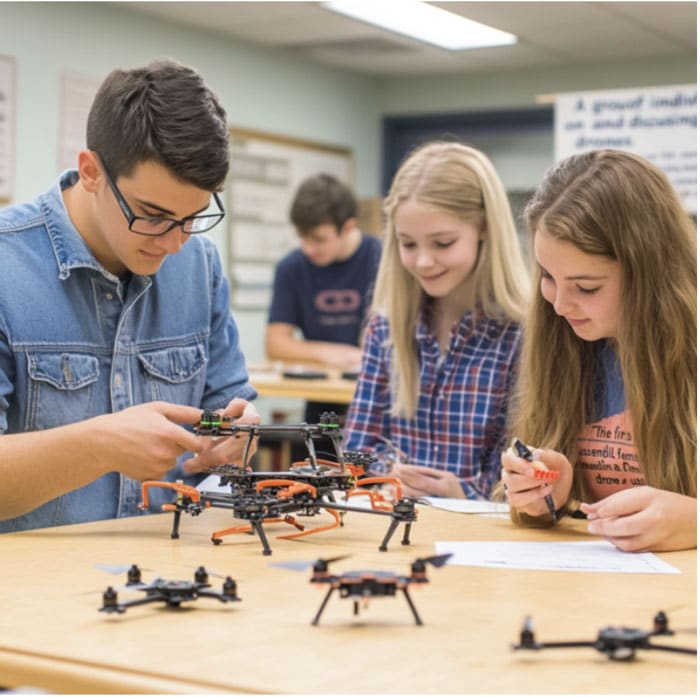The robotics industry is in the midst of remarkable growth, with new developments spanning manufacturing, local commerce, and mobility. From record robot installations in U.S. auto plants to robotic dogs patrolling EV facilities, to autonomous taxis and delivery robots hitting city streets, robotics is moving quickly from the lab into daily life.
These advances signal where industries are heading and also highlight the importance of preparing today’s students with robotics education that mirrors these real-world applications.
Automation Growth in U.S. Manufacturing
Preliminary results from the International Federation of Robotics (IFR) reveal that U.S. automakers installed 13,700 industrial robots in 2024, a 10.7% increase over the previous year. This solidifies the car industry as the most automated sector in the United States, with robot density ranking among the top five globally.
Yet the report also underscores a gap: while the automotive sector is heavily automated, other U.S. industries remain far less so. Sectors like electronics and machinery saw only a fraction of the installations, highlighting both the opportunities and challenges of scaling automation beyond cars into broader manufacturing.
Robotics on Patrol: JLR’s Robotic Dog
Jaguar Land Rover (JLR) has added a robotic colleague to its EV build and test facility: a Boston Dynamics quadruped robot nicknamed “Rover.” The robot patrols complex environments, climbing stairs, monitoring assets, and even detecting gas leaks with advanced sensors.
By eliminating repetitive tasks for engineers and running up to 24 patrols a day, Rover keeps development on schedule while supporting JLR’s mission to electrify its fleet by 2030. It’s a clear example of how robotics enhances precision, safety, and efficiency in high-tech manufacturing environments.
Robotaxis Hit the Streets of Las Vegas
Meanwhile, in the U.S. mobility sector, Zoox has officially launched the first public autonomous robotaxi service in Las Vegas. Unlike retrofitted vehicles, Zoox designed its robotaxi from the ground up, prioritizing safety and rider experience.
Currently offering free rides during its launch phase, Zoox is testing how the public adapts to fully driverless ride-hailing. The move represents a major milestone in the journey toward accessible, autonomous urban transport.
DoorDash Delivers with Dot
In local commerce, DoorDash has unveiled Dot, a purpose-built autonomous delivery robot for neighborhood trips. Operating at speeds of up to 20 mph and designed to navigate bike lanes, sidewalks, and streets, Dot is part of a larger Autonomous Delivery Platform that integrates humans, drones, and robots into a single AI-powered logistics system.
For merchants, consumers, and Dashers alike, the model demonstrates how autonomy can balance efficiency, sustainability, and opportunity. With Dot, DoorDash aims to cut emissions, reduce congestion, and support the growing demand for fast, reliable local deliveries.
Why This Matters for Education
From factory floors to city streets, robotics is reshaping industries. The common thread is clear: whether it’s assembling cars, transporting passengers, monitoring EV batteries, or delivering goods, robotics now plays a critical role in the economy.
This rapid adoption makes it essential to prepare students with robotics skills that connect classroom learning to these real-world applications. At LocoRobo, we provide hands-on K-12 robotics- hardware, software, curriculum, and ongoing support all in one package. Our STEM robotics kits and codable robots mirror the systems being deployed in industries today, giving students a head start with every STEM robot they program, and test.


